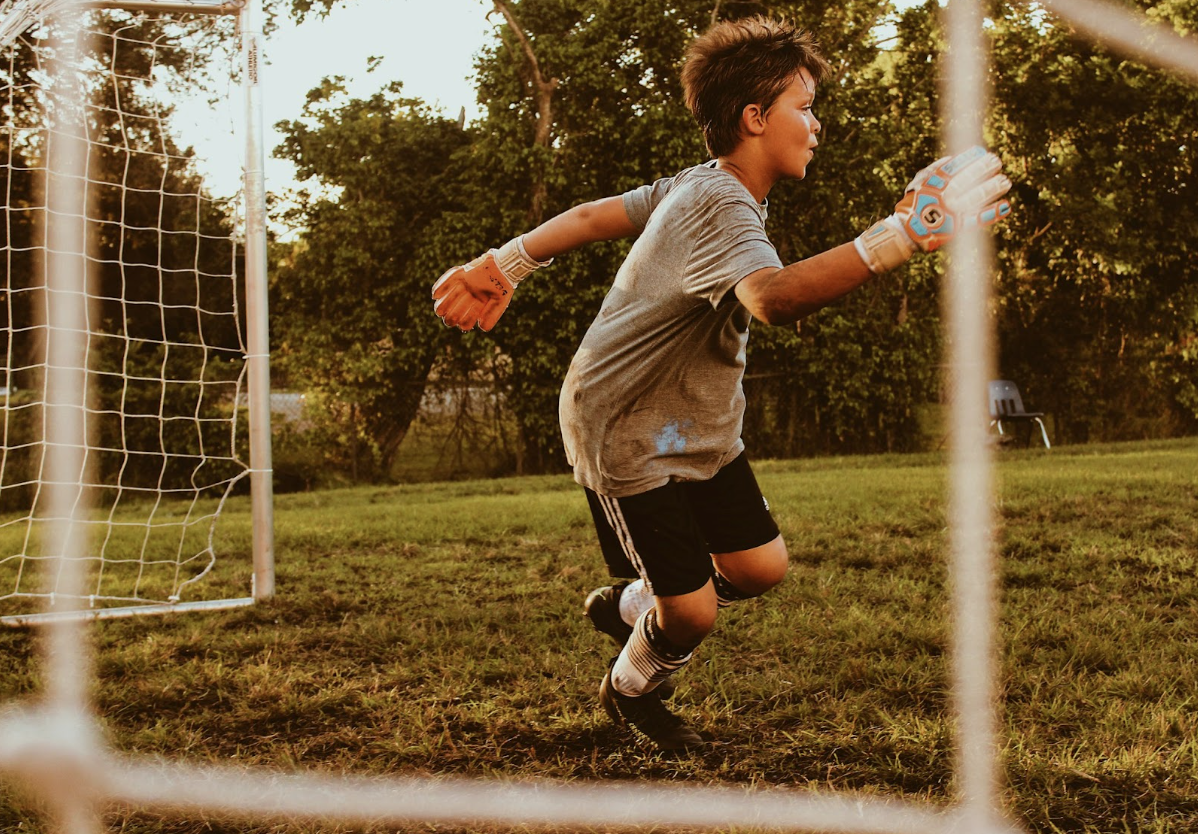Why Prioritizing Kids' Health and Safety is Important in Sports

The importance of prioritizing children's health and safety cannot be overstated. Engaging young athletes in sports offers numerous benefits, including improved physical health, social skills development, and the instillation of discipline and teamwork. However, the pursuit of success must not overshadow the fundamental need to ensure kids are protected from potential harm and injuries. Focusing on the well-being of young sports enthusiasts, parents, coaches, and organizers lay a solid foundation for not just a healthier generation but also for fostering a positive and inclusive sports culture that values and promotes safety alongside achievement.
Understanding Risks in Youth Sports
It's important for those involved in youth sports to recognize the specific risks young athletes face. Overuse injuries, concussions, heat-related illnesses, and emotional stress are more common than many think. Early detection and prevention can significantly reduce these risks. Educating coaches, parents, and young athletes about the signs and symptoms of these conditions is vital. Practicing preventive measures such as proper warm-ups, hydration, and rest periods can mitigate many potential health issues.
Creating an environment where young athletes feel comfortable reporting injuries or concerns without fear of retribution or disappointment is essential. Encouraging open dialogue about health and safety can lead to more informed decisions regarding a child's participation and recovery process. From kids sports goggles to proper technique instruction, there are many measures that can be taken to ensure the well-being of young athletes. It is up to the adults involved to prioritize and implement these safety measures.
Role of Coaches and Sports Organizations
Coaches and sports organizations play a pivotal role in safeguarding young athletes. They should be well-informed about best practices in sports health and safety and be prepared to implement policies that prioritize the well-being of the children under their care. This includes proper training in first aid, injury prevention, and recognizing signs of abuse or neglect.
Equally, these entities must enforce rules and guidelines that promote a safe playing environment. This might involve regulating the type of equipment used, ensuring playing surfaces are well-maintained, and setting limits on practice durations and intensity to prevent overexertion and burnout. It's also essential for coaches and sports organizations to prioritize fair play, respect, and sportsmanship over winning at all costs. This promotes a healthier mindset among young athletes and reduces the pressure to engage in risky behaviors that may lead to injuries.
Parental Guidance and Support
Parents are integral in promoting a safe sports environment. They can do so by ensuring their child has the appropriate safety gear, is physically and mentally prepared for the demands of their sport, and has adequate nutrition and hydration. It’s also essential for parents to maintain open lines of communication with coaches and organizations to stay informed about any health and safety updates or concerns.
Beyond the physical aspect, parents should be attentive to the emotional and psychological well-being of their young athletes. Supporting their child in times of stress, recognizing signs of burnout or discomfort, and encouraging healthy sportsmanship can substantially enhance the sports experience for young participants.
Implementing Safety Policies
For a sports program to truly prioritize health and safety, formal policies must be in place. These policies should cover comprehensive safety measures, emergency response plans, and clear guidelines on handling injuries and health concerns. Regular training sessions for coaches, volunteers, and staff on these policies can ensure everyone is prepared to act decisively and appropriately should situations arise.
These policies should be reviewed and updated regularly to reflect the latest research and best practices in sports medicine and youth athletic training. By doing so, a sports program demonstrates a commitment to the ongoing health and safety of its participants.
Fostering a Culture of Safety
The goal is to foster a culture where safety is ingrained in every aspect of youth sports. This includes celebrating and rewarding safe play and sportsmanship as much as victories and achievements. Highlighting stories of safe play and the positive impact of safety policies can reinforce their importance.
In creating a strong culture of safety, communication is key. Regular meetings and forums with athletes, parents, coaches, and sports organization leaders to discuss health and safety concerns can foster a community focused on well-being. This collective effort ensures that children can enjoy the myriad benefits of sports participation in the safest possible environment.

Prioritizing kids' health and safety in sports is crucial for their overall well-being and the development of positive values. By educating coaches, parents, and young athletes on potential risks and implementing proper policies and procedures, we can create a safe and inclusive sports environment that promotes not only success but also healthy physical, emotional, and social growth. With continued effort and commitment, we can ensure that sports remain a positive and beneficial experience for all children. It is up to all of us to prioritize the health and safety of young athletes in sports, and it starts with creating a culture that values their well-being above all else.






